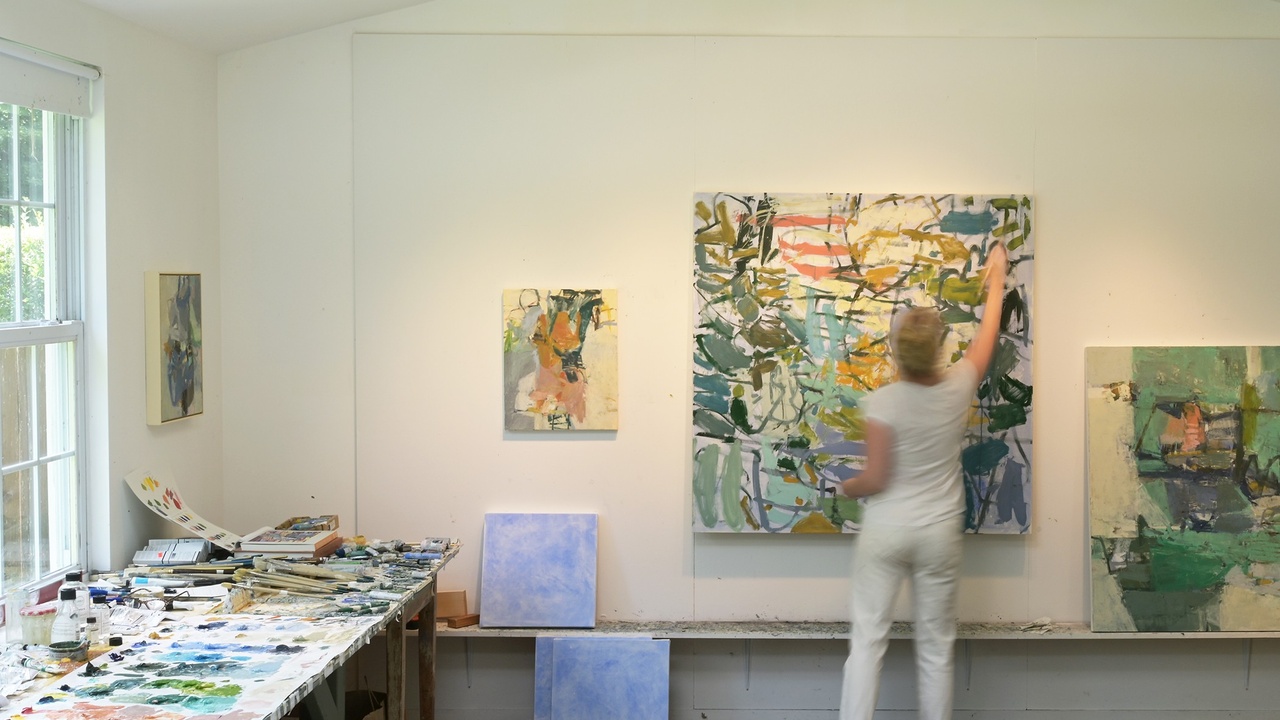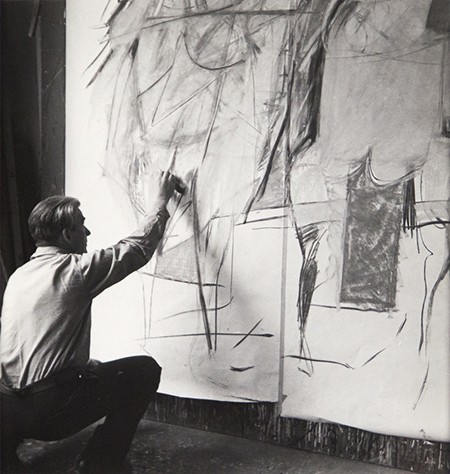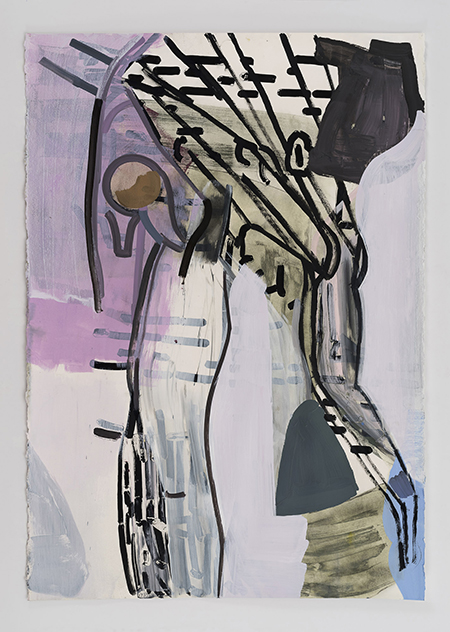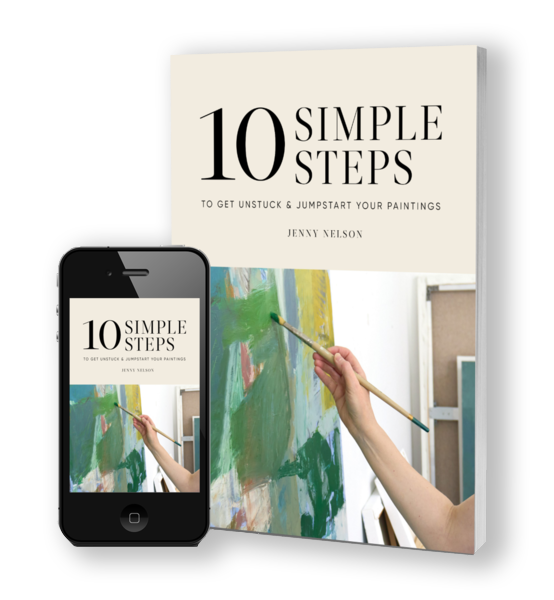
A Painting State of Mind
Let's talk about getting into the painting zone or creative flow. Musicians, visual artists, athletes, and writers can all describe a state of mind in which there is no sense of time, and the task before them seems to complete itself from somewhere outside of themselves.
What happens to your mind when you find yourself in the zone?
When in a flow state, an individual experiences intense focus and concentration on the present moment. Their actions and awareness merge, so that it seems like the activity is almost performing itself. Despite this, there’s still a sense of personal control over the task at hand, and performing it feels intrinsically rewarding. It’s a sublime experience that many people spend their lives in pursuit of.
Flow occurs in the delicate place between intuition and conscious decision making.
It can be accompanied by physiological changes, too. In a 2010 Swedish study on classical pianists, the musicians who entered flow exhibited deepened breathing and slowed heart rates. Even the facial muscles that enable us to smile were activated.

Dekooning in his studio
Unclear goals, uncertain feedback, and the possibility of surprise, are all properties of creative flow. Along with taking place in a reality outside of the everyday, there is a feeling of effortless attention, action and awareness merged, non-distractibility and no self-consciousness or personal fears.
The different stages of painting can prepare us to experience flow.
Each phase of our work connects us more deeply to our practice. We mix our palette, wash our brushes, face our fear of the blank canvas, procrastinate with naps or cleaning, and then finally begin to put paint to canvas. As we become more deeply involved, our focus heightens. Relationships begin to form on the canvas, and we're off!
It's a unique state of mind.

Helen Frankenthaler in her studio 1957
Painting in general, but abstract painting specifically, is a great place to get into the zone. It holds so many of the components that allow for a quickening of our senses.
For example, there are an infinite number of solutions in the midst of an abstract painting. When working in this spontaneous way, we learn to be open to and comfortable with many possible answers. We become receptive to problem solving our paintings with outcomes that may be quite different than what we anticipated.

Amy Sillman XL36, 2020 Acrylic and ink on paper, 59 1/2 x 41 1/2 inches
The unexpected may become the accepted, as we open ourselves to seeing our work in new ways.
At the same time we are working with a viscus, slippery material that is always behaving in unexpected ways. And so we also acquire an ever growing bank of knowledge about our elusive materials. An intimacy with pigments that only an artist can know.
When we weave all of this together it opens the door for us to experience the state of creative flow.
[Image at top: Jenny Nelson in the studio]
Join my monthly newsletter and never miss a post
Each month I share explorations of master artists' works, elements of abstraction, and behind-the-scenes of my own painting journey, delivered to your inbox.

